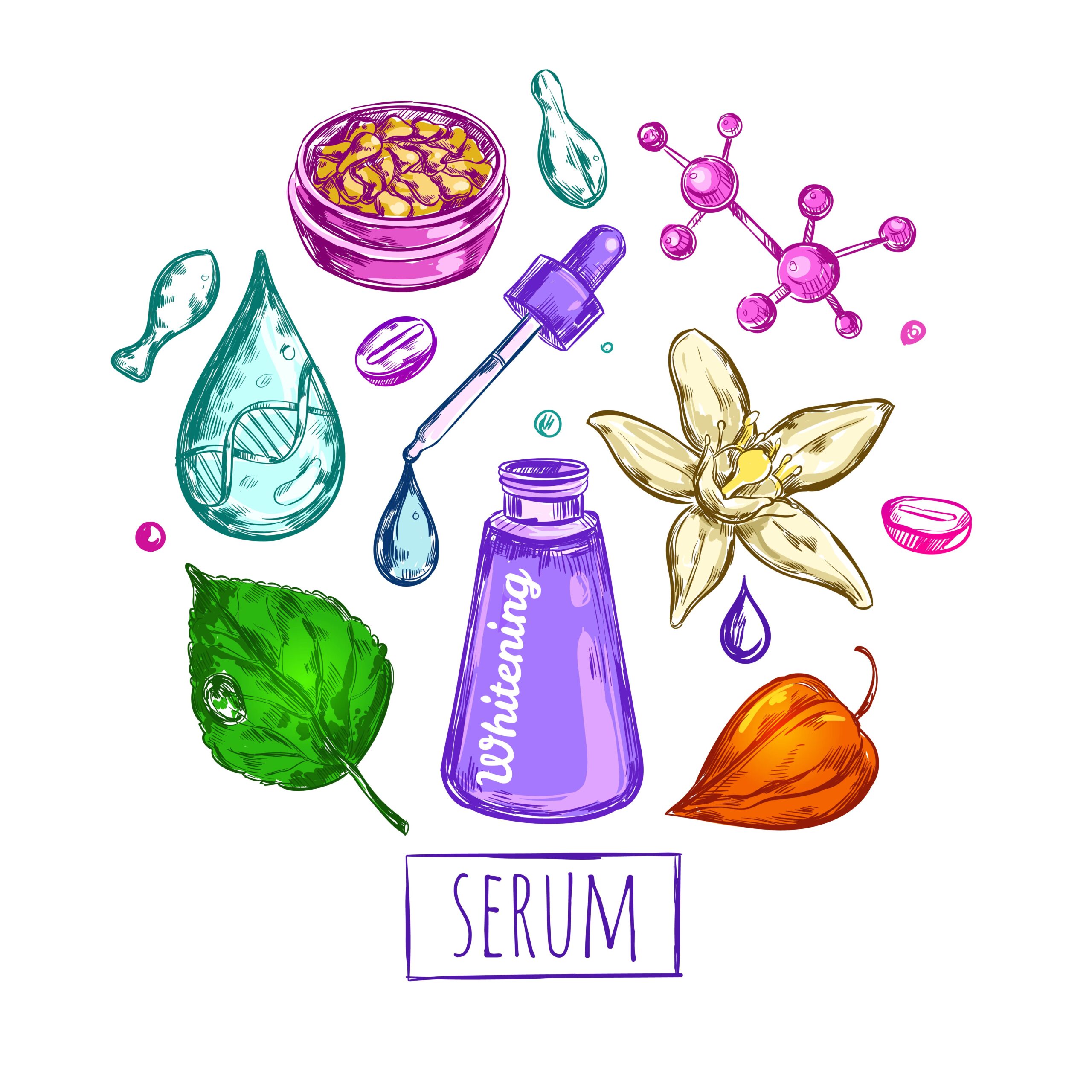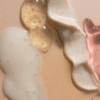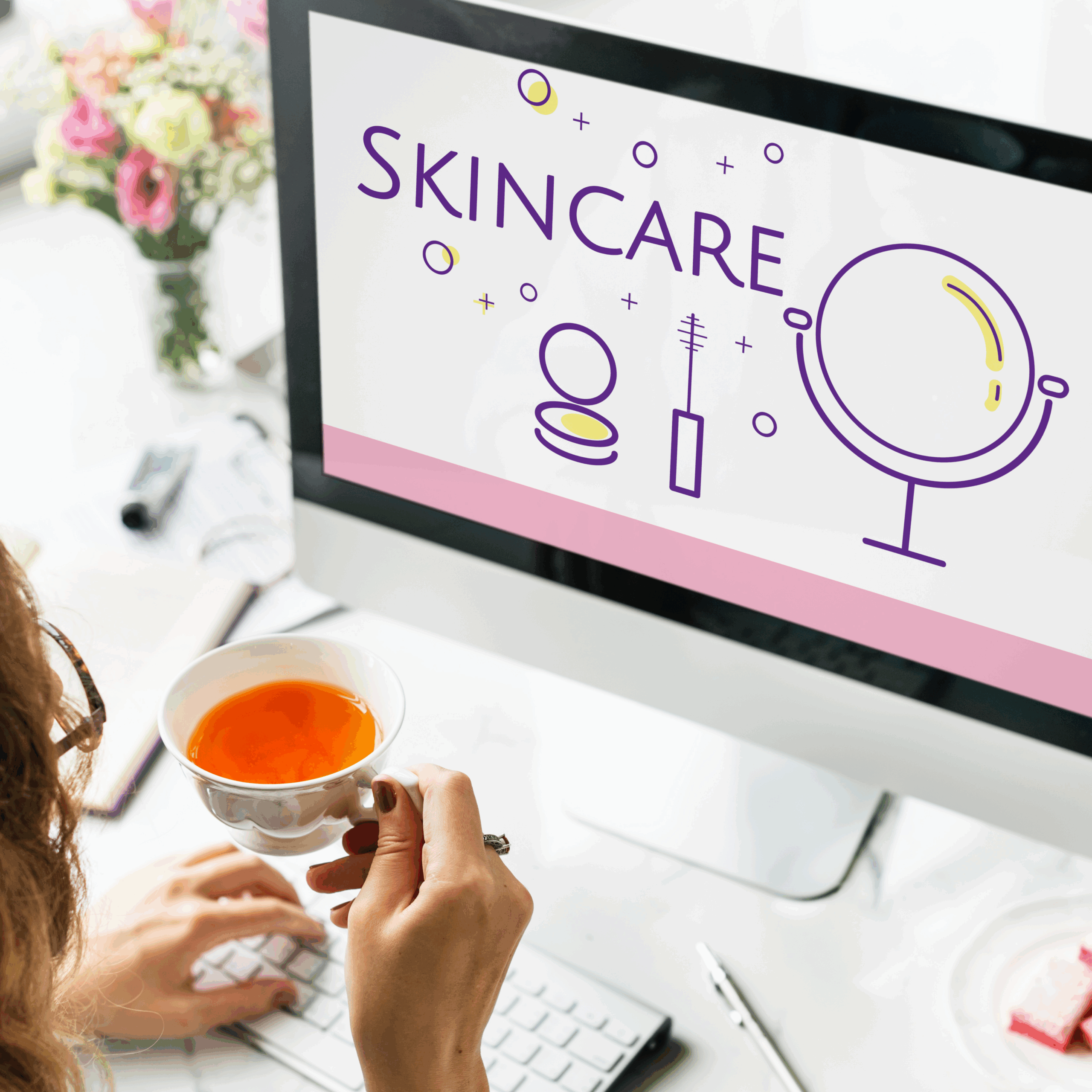Let’s stir up some magic in the lab with today’s hot topic all about collaborating with cosmetic manufacturers.
You’ve poured your heart into your formula. You’ve spent hours perfecting the texture, tweaking the scent, and testing results on yourself and maybe a few trusted friends. Now, you’re ready to take the next big step: sending your creation to a manufacturer for regulatory compliance and manufacturing. It’s a thrilling milestone, but it’s also one of the moments where many indie founders hit an unexpected wall.
While it may feel like your formula is finished, most small brands unknowingly overlook key requirements that manufacturers rely on to do their job efficiently. The result? Delays, unexpected reformulation fees, and a lot of frustrated emails.
Let’s break down exactly what cosmetic manufacturers need from you and how to prepare your product for production like a pro.
Why Your “Finished” Formula Might Not Be Production-Ready
From a manufacturer’s perspective, a submitted formula needs to meet certain standards to be considered ready for production. It’s not about how nice it smells or how silky it feels on your skin, it’s about the information provided, scalability, safety, regulatory alignment, and process repeatability.
Too often, manufacturers are handed incomplete or unclear documents: recipes written in volume instead of weight, a vague list of ingredients with no manufacturing method, or formulas that don’t meet dermal safety limits. These missteps can lead to delays and sometimes even, full-on reformulation. And the worst part? It’s rarely communicated upfront in beginner-friendly terms.
The Most Common Mistakes Founders Make
One of the most common red flags is submitting a formula using volume measurements like “teaspoons” or “drops.” Cosmetic formulation must be done in percentage by weight, full stop. It’s the only way to ensure consistency from a 100g test batch to a 100kg production run.
Next is the lack of clear manufacturing instructions. Your list of ingredients should be grouped by phase, and the production method should include heating and cooling temperatures, mixing speeds and time, the order of addition, and emulsification methods. This is non-negotiable, especially for emulsions or actives that need careful handling.
Many founders also unintentionally include conflicting ingredients. Maybe your preservative system isn’t compatible with your pH (which is most often forgotten completely). Maybe two of your actives are incompatible and you didn’t realise it. These issues can go unnoticed in a small batch but fall apart in a larger run.
Another major misstep? Ignoring dermal limits and cosmetic regulations. Essential oils, preservatives, acids, etc. each have an upper limit for safety and legal compliance. Exceed those, and your product might be illegal to sell in your chosen market.
And finally, submitting vague or proprietary names, like “essential oil blend” or “herbal elixir”, doesn’t fly in manufacturing. Labs need full trade names of ingredients, INCI names and percentages, including the breakdown of any pre-blended ingredients.
If you’re targeting international markets, regulatory requirements vary significantly. My advice is to ensure your formula complies with the strictest market you’re entering, often the EU, and adjust for others as needed (but you also simply follow one market’s cosmetic regulation if you only enter that particular one). Provide manufacturers with market-specific details from the start to streamline compliance and avoid costly reformulations.
What a Manufacturer-Ready Formula Looks Like
To truly be ready for scale, your formula should be presented like a professional worksheet. This includes your full ingredient list in percentages, by trade names and INCI names, phase groupings, temperature and mixing instructions, target pH range, safety data sheets for each ingredient (from the suppliers) as well as IFRA certificates and allergen declarations for preservatives, essential oils and fragrances. If you have been working with small ingredient retailers and cannot get access to any of these documents, you should make it clear to your manufacturer so they can adapt on their end.
Some manufacturing labs will be able to accompany you with all the required lab testing and documentation needed to comply with your country’s cosmetic regulation (and any other market you wish to enter) and some may not. You have to enquire about this in advance so you know whether or not you have to have the compliance part set up before starting any project with your chosen manufacturer. However, regardless of the compliance part, there are still a few steps that you need to take on your own and that is to test and observe your samples for pH drifts, viscosity changes, discolouration, and conducting a quick 48-hour microbial test after making your sample as well as after a couple months to observe whether it developed microorganisms or if your formula stayed well protected. It would be a pity if these characteristics were not analysed beforehand and your lab tests failed and you had to pay the reformulation costs as well as these tests all over again.
In addition, manufacturers need to know if you have preferred suppliers for certain ingredients or if you want them to be Fair Trade, Organic, etc. Some manufacturers will only want to work with their own suppliers and this is also something that should be discussed before starting any project so you are not taken by surprise later on.
Additionally, while you are still creating your formula, think about how easy or difficult it will be to scale it up. There are surprising textures that are great to make in small batches but they are a bit complex to manufacture already in small batches so what would it look like in a larger batch? Have a validated system that works beyond the lab bench.
Why These Details Matter
A poorly submitted formula can slow down production by weeks, cost you extra for reformulation, and even risk your packaging being incompatible with the final texture.
But a professional submission? That gets your manufacturer ready to start the project with you, much faster. It shows you understand the process. It speeds up production, protects your budget, and lays the groundwork for smooth scaling.
Packaging is as critical as your formula when scaling. Test your product in its intended container, whether a pump bottle, jar, or tube, to ensure compatibility with the formula, its viscosity, pH, and preservative system. Provide your manufacturer with detailed packaging specifications, including material type (e.g., PET, glass), closure mechanisms, and supplier details. Early compatibility testing prevents costly rejections and ensures your product looks and performs as intended on the shelf.
One big mistake made by startup beauty brands is that the moment they set their eyes on the packaging of their dream, they immediately buy it in bulk without waiting for test results or checking with the manufacturer. That can result in the entire lot unusable and the money being lost forever.
How to Work Collaboratively With a Manufacturer
Start by submitting your formula in a clear, professional template. Stay open to feedback, because when labs suggest small changes, it’s usually to preserve your product integrity at scale. And don’t just drop off a formula and disappear. Communicate your product’s story: how it should feel, what kind of customer experience it should deliver, and the skin goals it’s meant to support.
Understanding a bit about the manufacturing process, like batching, heating, and filling, helps you communicate more effectively. You don’t need to become a chemist, but you you will feel more confident if you speak the language of scale.
Scaling with a manufacturer comes with costs beyond the formula itself, and smart budgeting keeps your brand on track. Account for minimum order quantities (MOQs), which can range from 100 to 10,000 units, depending on the lab. Factor in fees for stability testing, challenge testing, CPSR, PIF, or any documents required for your market. Request detailed quotes upfront, including reformulation or troubleshooting costs, to avoid surprises. By aligning your formula and packaging with the manufacturer’s capabilities, you can minimise revisions and keep production within budget, setting your brand up for sustainable growth.
Plan for Batch Size and MOQ Early
One of the most common points of friction between founders and manufacturers isn’t the formula itself, it’s the misunderstanding around minimum order quantities (MOQs) and production batch sizes. While your 100g lab sample may feel like a finished product, manufacturers operate in kilograms. That shift in scale has real consequences for cost, production planning, and even packaging choices.
Manufacturers typically have a minimum batch size for every product type, whether it’s an emulsion, balm, serum, or shampoo. That’s not just about covering their time and labour. It’s because scaling down to tiny batches often results in inefficient use of equipment, wasted raw materials, and unstable fills. If your formula uses specialty actives or natural extracts with a short shelf life, over-ordering to meet a low MOQ might also mean high ingredient loss if you don’t sell through quickly. Your manufacturer should have an MOQ that is not too high so you can afford it while not wasting too much product if it doesn’t sell as you’d hoped.
Before you submit your formula, have a conversation with your lab or production partner about batch size feasibility. Ask:
- What’s the minimum viable batch for this type of formula?
- How is waste managed for high-cost ingredients?
- What fill sizes will work best with the batch size and equipment available?
- Can you split the batch across multiple SKUs (e.g., 30ml and 50ml jars) to reduce overstock risk?
Understanding these numbers early helps you price your product realistically, source packaging more effectively, and avoid those expensive “Oh no, I didn’t realise” moments that stall production or blow your budget.
Scaling a brand isn’t just about having the right formula, it’s about designing every step of your supply chain to support profitability. And MOQ planning is where that starts.
Before saying goodbye, let me leave you with my final thoughts: treat your formula like the asset it is!
Your formula isn’t just a list of ingredients, it’s the foundation of your business. And if you want that business to grow, your formula needs to be built for scale. That means testing, documentation, structure, and collaboration, but also taking into account ingredient cost, availability and manufacturing processes.
So if you’re gearing up to work with a lab, take a step back. Prepare your formula like the pro you are. Because when your formula is manufacturer-ready, your whole business moves forward faster and with fewer surprises along the way.
Still struggling on how to create and write your formula properly, we’ve prepared an e-book that outlines the exact step-by-step process: Cosmetic Formulation 101 – Understanding & Writing Effective Cosmetic Formulas. This guide breaks it all down, from ingredient selection to formula writing, so you can formulate with confidence!
Here’s to formulas that work and brands that thrive!
From My Lab to Yours!
Rose









Add comment